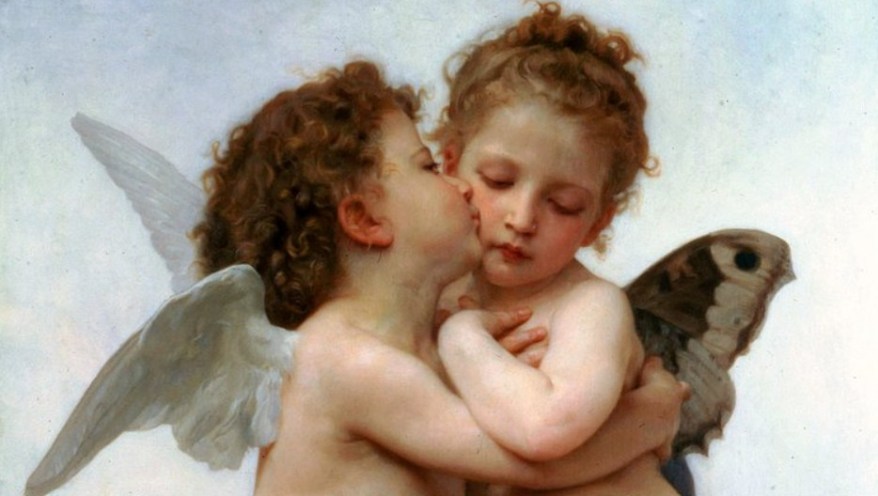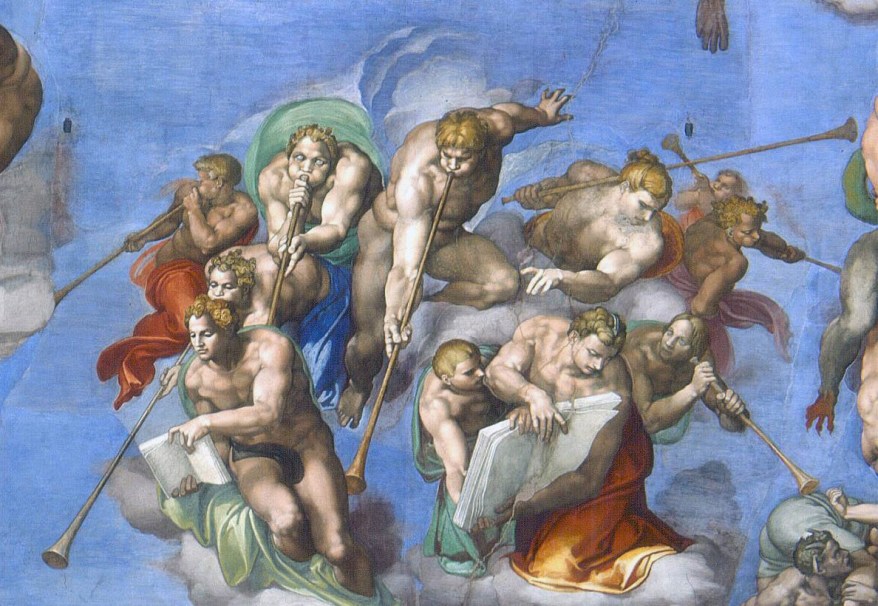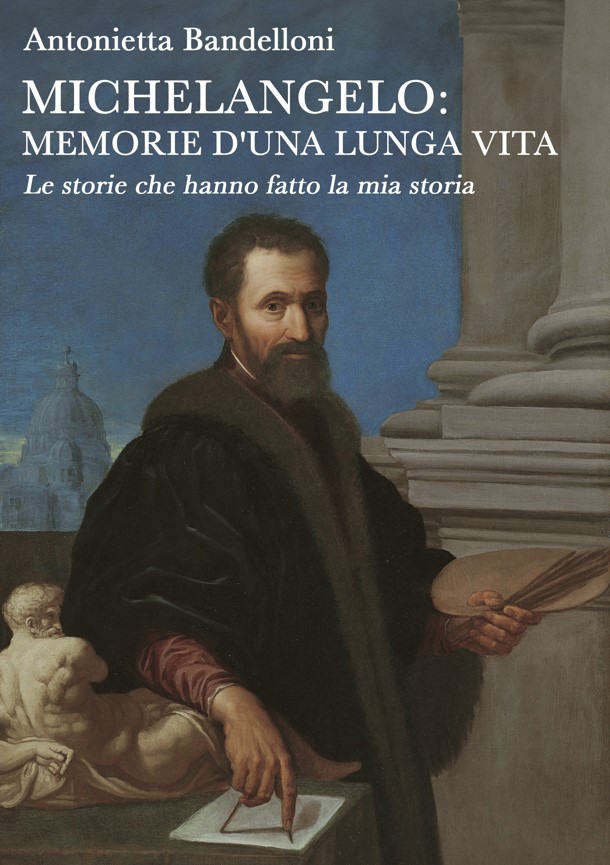La Scultura del giorno: l’Allegoria del 1871 di Paul Cabet
La scultura del giorno che vi propongo oggi è l’Allegoria dell’anno 1871 di Paul Cabet, realizzata fra il 1872 e il 1877 e custodita presso il Museo d’Orsay di Parigi.
Fu l’ultima opera scolpita dall’artista e viene considerata come la tragica controparte alla Susanna al Bagno che lo stesso Cabet presentò al Salon del 1861, epoca in cui la Francia attraversava un momento di prosperità.
In quest’opera l’artista si focalizzò sulla resa della desolazione totale per mostrare in modo tangibile il senso di sopraffazione che attraversava la Francia dopo la sconfitta subita dalla Francia nella battaglia di Sedan.
Il 2 settembre del 1870 infatti la Francia guidata da Napoleone III fu sconfitta dalla Prussia di Bismarck e il paese cadde in una crisi nera.
L’atteggiamento dell’Allegoria 1871 fu ripreso dall’artista dalla personificazione del Dolore che aveva ideato qualche anno prima per il monumento funebre per sua moglie, collocato nel cimitero di Montparnasse.
Il panneggio abbondante che avvolge la figura con la schiena curva, con il capo sostenuto da una mano, non è altro che la simbologia del lutto, del dolore più profondo.
Ma chi era l’artista Paul Cabet?
Fu un celebre scultore francese dell’Ottocento ma del quale oggi si fa fatica a ricordare finanche il suo nome. Nato a Parigi nel 1815, Cabet studiò all’École des Beaux-Arts ricevendo una formazione artistica di alto livello da due dei più grandi esponenti del romanticismo francese: Pierre-Jean David d’Angers e François Rude.
Le sue opere, prevalentemente realizzate in marmo e bronzo, sono caratterizzate da linee fluide, eleganti e dettagli ricercati.
Cabet divenne particolarmente apprezzato per le sue opere pubbliche, fra le quali monumenti e fontane presenti in molte città francesi.
Le sue sculture fanno spesso riferimento a temi mitologici, allegorici e storici con un forte impatto emotivo come la fontana dei Quattro Fiumi a Lione, la danza delle Bacchante a Parigi e il Velo di Pergolesi a Marsiglia.
Lo scultore Paul Cabet morì nel 1876, lasciando alle future generazioni un’impronta duratura nel campo della scultura. La sua bravura e il suo talento artistico continuano a essere ammirati e apprezzati ancora oggi.
Per il momento il vostro Michelangelo Buonarroti vi saluta dandovi appuntamento ai prossimi post e sui social.
Sculpture of the Day: Paul Cabet’s 1871 Allegory
The sculpture of the day that I propose to you today is the Allegory of the Year 1871 by Paul Cabet, created between 1872 and 1877 and kept at the Musée d’Orsay in Paris.
It was the last work sculpted by the artist and is considered as the tragic counterpart to the Susanna al Bagno that Cabet himself presented at the Salon of 1861, a time in which France was going through a moment of prosperity.
In this work the artist focused on the sense of total desolation to tangibly show the sense of oppression that France felt after the defeat suffered by France in the Battle of Sedan.
In fact, on 2 September 1870, France led by Napoleon III was defeated by Bismarck’s Prussia and the country fell into a deep crisis.
The attitude of the 1871 Allegory was taken up by the artist from the personification of Sorrow that he had created a few years earlier for the funerary monument for his wife, located in the Montparnasse cemetery.
The abundant drapery that wraps the figure with the curved back, with the head supported by one hand, is nothing other than the symbolism of mourning, of the deepest pain.
But who was the artist Paul Cabet?
He was a famous French sculptor of the nineteenth century but today it is difficult to even remember his name. Born in Paris in 1815, Cabet studied at the École des Beaux-Arts in Paris, receiving high-level artistic training from two of the greatest exponents of French Romanticism: Pierre-Jean David d’Angers and François Rude.
His works, mainly made of marble and bronze, are characterized by fluid, elegant lines and refined details.
Cabet became particularly appreciated for his public works, including monuments and fountains in many French cities.
His sculptures often refer to mythological, allegorical and historical themes with a strong emotional impact such as the Fountain of the Four Rivers in Lyon, the dance of the Bacchantes in Paris and the Veil of Pergolesi in Marseille.
Sculptor Paul Cabet died in 1876, leaving a lasting imprint on the field of sculpture for future generations. His skill and artistic talent continue to be admired and appreciated today.
For the moment, your Michelangelo Buonarroti greets you and will meet you in future posts and on social media.

Sostienici – Support Us
Se questo blog ti piace e ti appassiona, puoi aiutarci a farlo crescere sempre più sostenendoci in modo concreto condividendo i post, seguendo le pagine social e con un contributo che ci aiuta ad andare avanti con il nostro lavoro di divulgazione. . ENGLISH: If you like and are passionate about this blog, you can help us make it grow more and more by supporting us in a concrete way by sharing posts, following social pages and with a contribution that helps us to move forward with our dissemination work.
8,00 €
-
11 gennaio 1494: muore Domenico Ghirlandaio, l’artista che mi insegnò a dipingere
🇮🇹11 gennaio 1494 muore a Firenze Domenico Ghirlandaio, il pittore che ha raccontato il volto del Rinascimento e che ebbe me a bottega già da quando avevo 12 anni… 🇬🇧January 11, 1494, Domenico Ghirlandaio, the painter who depicted the face of the Renaissance and who had me in his workshop since I was 12, died…
-
Amore e Psiche bambini di Bouguereau: un capolavoro del Neoclassicismo tardo
🇮🇹Amore e Psiche bambini è uno dei dipinti più delicati e poetici di William-Adolphe Bouguereau, realizzato nel 1890… 🇬🇧Cupid and Psyche as Children is one of William-Adolphe Bouguereau’s most delicate and poetic paintings, created in 1890…
-
Quando i libri diventano simboli: cosa raccontano davvero nei capolavori della pittura
🇮🇹I libri nelle opere d’arte non sono mai solo dettagli fine a sé stessi. Spesso custodiscono significati nascosti, simboli di conoscenza, fede o identità. Dal Medioevo al Rinascimento, leggere nei quadri era un gesto potente e poteva avere vari significati… 🇬🇧Books in artworks are never just details for their own sake. They often hold hidden…


















spettacolo incredibile 👏👏👏👏👏👏👏👏👏👏
"Mi piace"Piace a 1 persona